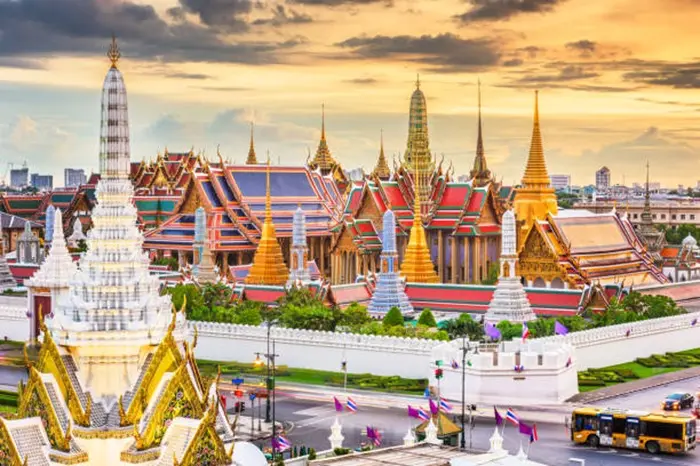The Ministry of Tourism and Sports is preparing to request additional funding from the Ministry of Finance to bolster its tourism subsidy program, aimed at supporting travel businesses in northern Thailand impacted by recent flooding.
Tourism and Sports Minister Sorawong Thiantong revealed that Prime Minister Padangdan Shinawatra convened a meeting last week to discuss measures to stimulate both the economy and tourism. Key topics included upgrading existing strategies to help mitigate the effects of the flooding, particularly in heavily affected provinces like Chiang Mai and Chiang Rai.
Concerns Over Budget Shortfall
During the meeting, the prime minister voiced concerns about the current budget limitations, questioning the effectiveness of the subsidy program under such constraints. Minister Sorawong acknowledged these concerns and emphasized the need to address them by securing additional funding.
“I plan to meet with Deputy Finance Minister Julapun Amornvivat to explore options for increasing the number of eligible participants or raising the subsidy amounts,” Sorawong said. The aim is to use funds from the central budget to provide more substantial support for affected regions.
Proposed Program Adjustments
The tourism subsidy program is scheduled to open for registration on November 1, with the final details, including the potential increase in the budget, to be confirmed this week. The ministry previously suggested offering co-payment subsidies of up to 400 baht per trip for every 10,000 tourists in the 17 provinces affected by flooding.
Sorawong highlighted that the Tourism Authority of Thailand (TAT) has an immediate budget allocation of 4 million baht to implement this “quick win” strategy. Approximately 70% of the subsidy budget would be directed toward Chiang Mai and Chiang Rai, with the remaining 30% distributed to other provinces.
Focus on Domestic Tourism
The government’s approach prioritizes attracting domestic tourists, particularly from neighboring provinces. Sorawong noted that many hotels in Chiang Mai have been able to resume operations faster than anticipated, despite only 10% of the region being impacted by floods. However, media coverage has raised concerns among potential visitors.
“Some tourists remain hesitant about visiting Chiang Mai and Chiang Rai after seeing the flood damage reported in the news,” Sorawong said. He assured that the situation is improving and that these destinations are ready to welcome travelers.
Upcoming Tourism Initiatives
To further boost tourism, the TAT is compiling tourism products into a centralized database, which may eventually be linked to the government’s new Thang Rath app. This would provide travelers with easier access to a variety of travel options and services.
In addition, the ministry is planning the upcoming Thai Winter Festival, a major promotional event designed to attract tourists to multiple cities during the peak travel season. By combining a series of events, the festival is expected to draw both domestic and international visitors, providing a much-needed boost to the tourism sector.
With these efforts, the Ministry of Tourism and Sports hopes to offset the losses caused by the floods and reinvigorate travel to northern Thailand, ensuring that affected businesses can recover as quickly as possible.
Related topics:
The Culture War in America: A Comprehensive Introduction
Culture in Manhattan: A Comprehensive Introduction
Dominant American Culture: A Comprehensive Introduction

